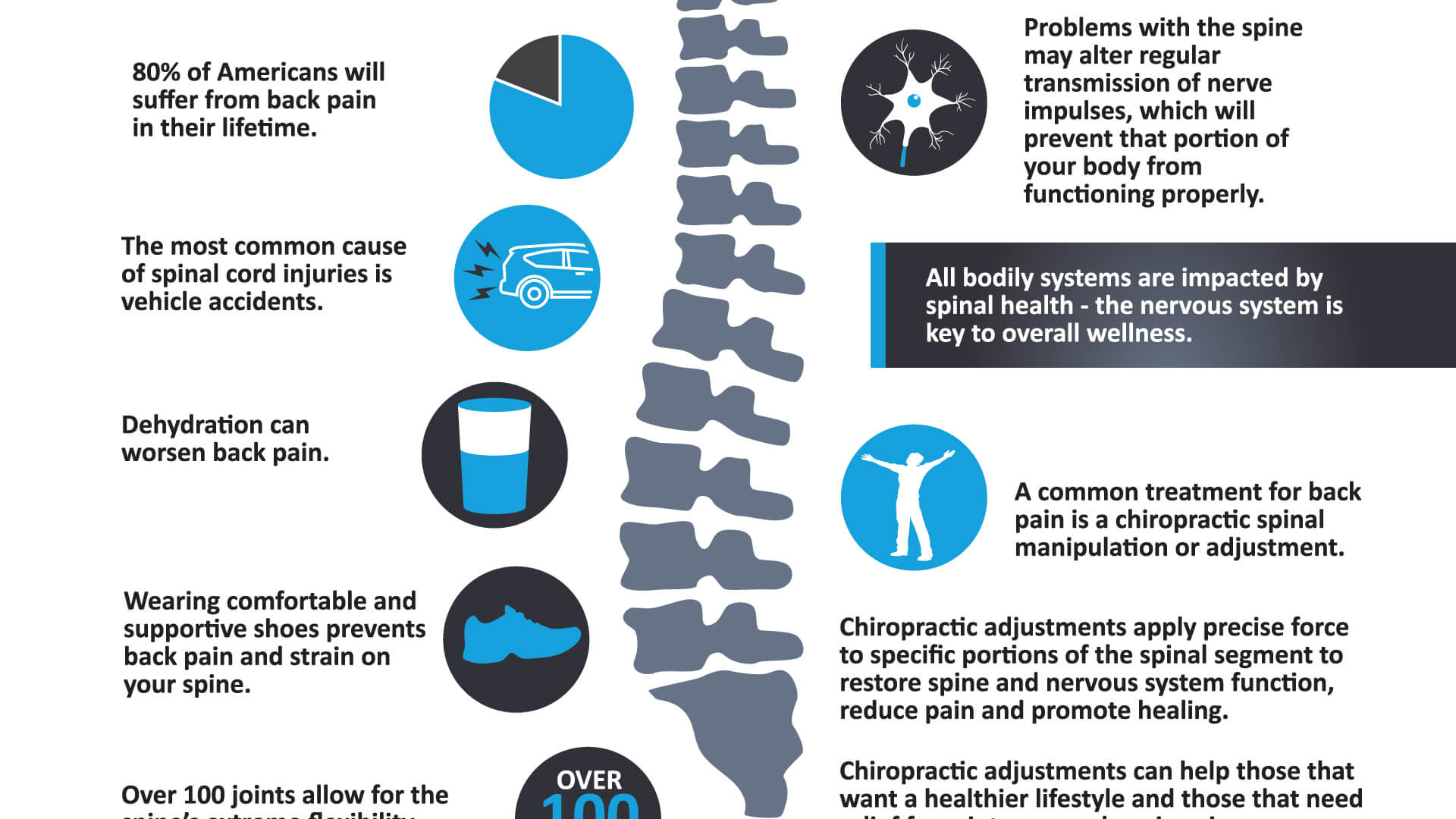Keeping appropriate posture isn't just about staying up right; it has to do with straightening your body in a way that sustains your spinal column and minimizes the danger of pain in the back. The means you sit, stand, and relocate throughout the day can considerably impact your spine wellness. But exactly how precisely can you ensure excellent alignment consistently, even throughout busy days filled with different activities? Allow's dive deeper into the subtle yet impactful modifications you can make to your everyday regimen to maintain your back happy and healthy and balanced.
Significance of Correct Pose
Correct posture is critical in preserving a healthy back and avoiding discomfort. When you sit or stand with great pose, your spine is in positioning, lowering strain on your muscular tissues, tendons, and joints. This positioning permits the body to disperse weight uniformly, avoiding extreme tension on certain areas that can bring about pain and discomfort. By keeping your spine appropriately straightened, you can also improve your breathing and digestion, as slouching can compress body organs and limit their functionality.
Moreover, keeping great posture can boost your overall appearance and self-esteem. When you stand tall with your shoulders back and head held high, you exude confidence and appear even more approachable. Good posture can additionally make you feel much more invigorated and sharp, as it promotes proper blood flow and allows your muscles to function effectively.
Incorporating correct pose into your everyday routine, whether sitting at a workdesk, walking, or working out, is essential for stopping back pain and promoting overall wellness. Remember, a tiny modification in how you hold on your own can make a considerable distinction in exactly how you feel and work throughout the day.
Common Postural Mistakes
When it pertains to preserving great posture, several people unknowingly make common errors that can contribute to back pain and discomfort. One of one of the most common mistakes is slumping over or stooping over while resting or standing. This position puts excessive pressure on the spine and can cause muscular tissue inequalities and discomfort in the future.
An additional typical blunder is overarching the lower back, which can squash the all-natural contour of the spinal column and create pain. In addition, crossing legs while resting may feel comfortable, yet it can develop an imbalance in the hips and pelvis, leading to postural issues.
Making use of a cushion that's as well soft or too strong while sleeping can also affect your positioning and contribute to neck and back pain. Finally, continuously craning your neck to check out screens or readjusting your placement frequently can stress the neck and shoulders. Bearing in mind these usual postural mistakes can help you maintain better positioning and reduce the risk of back pain.
Tips for Correcting Positioning
To enhance your placement and minimize pain in the back, it's important to focus on making small adjustments throughout your day-to-day routine. Start by being mindful of your posture. When resting, guarantee https://www.medicalnewstoday.com/articles/325707 are flat on the flooring, your back is straight, and your shoulders are relaxed. Prevent slouching or leaning to one side. Use ergonomic chairs or cushions to sustain your reduced back.
When standing, distribute your weight uniformly on both feet, keep your knees somewhat curved, and tuck in your pelvis. Involve your core muscular tissues to support your spine. Take breaks to stretch and walk if you have an inactive job. Integrate exercises that strengthen your core and back muscle mass, such as slabs or bridges.
While resting, utilize chiropractor in ny that supports the natural contour of your neck to maintain appropriate spine positioning. Avoid sleeping on your tummy, as it can stress your neck and back. By bearing in mind these tips and making small adjustments, you can slowly remedy your placement and reduce pain in the back.
Conclusion
Remember, keeping great pose is crucial to stop neck and back pain and promoting spinal health. By being mindful of your placement, dispersing weight uniformly, and involving your core muscles, you can decrease strain on your back and lessen the threat of pain and injury. Integrate ergonomic assistance, take normal breaks to stretch, and strengthen your core and back muscle mass to keep appropriate placement throughout the day. Your back will thank you for it!
